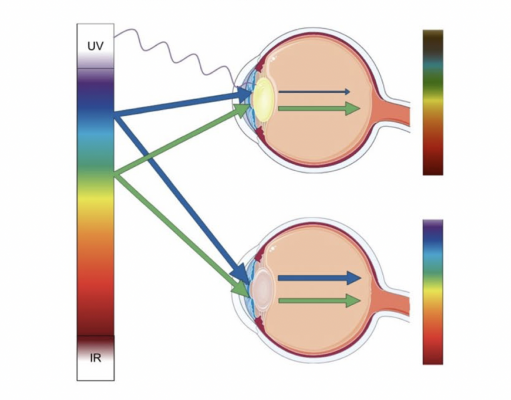Environment and culture shape both the colour lexicon and the genetics of colour perception

Many languages express ‘blue’ and ‘green’ under an umbrella term ‘grue’. To explain this variation,
it has been suggested that changes in eye physiology, due to UV-light incidence, can lead to abnormalities in blue-green color perception which causes the color lexicon to adapt. Here, we apply advanced statistics on a set of 142 populations to model how different factors shape the presence
of a specific term for blue. In addition, we examined if the ontogenetic effect of UV-light on color perception generates a negative selection pressure against inherited abnormal red-green perception. We found the presence of a specific term for blue was influenced by UV incidence as well as several additional factors, including cultural complexity. Moreover, there was evidence that UV incidence was negatively related to abnormal red-green color perception. These results demonstrate that variation in languages can only be understood in the context of their cultural, biological, and physical environments.